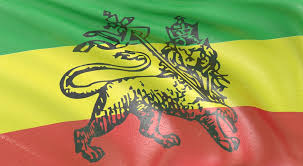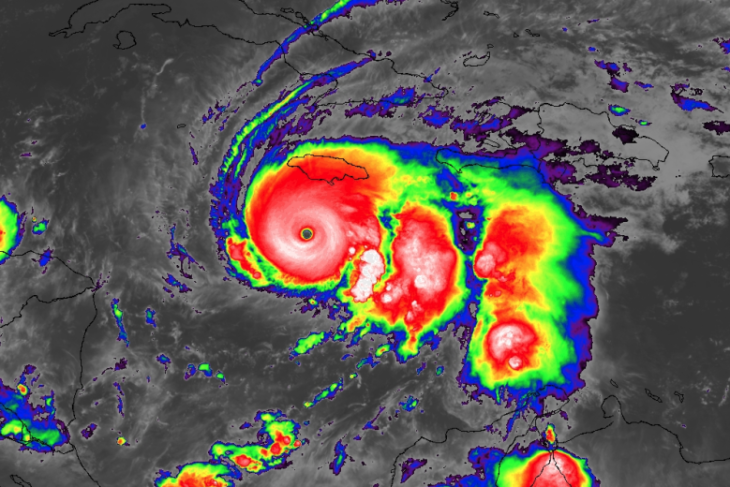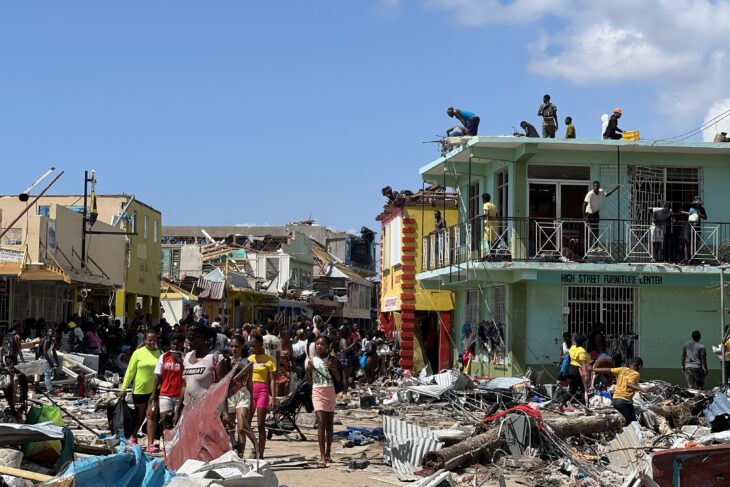
Tales of the Black Friday Coral Gardens events in recent years disregard the deeper background and leave a warped understanding of Rastafari and the emerging Jamaican society.
Rastafari emerged in the 1930s, 100 years after emancipation turfed three hundred thousand Black people off the sugar estates into an uncertain future without food, lodging, money or education. The Rastas’ dread philosophy encouraged the Black man’s awareness of self and his recognition of his authenticity as an equal participant in the global community.
Rastafarians were feared and scorned, often stoned, ridiculed and beaten by civilians. They were branded as cannibals and “Black Heart Men”. They had to function “underground” for the most part, avoiding public places.
Rastafari represents a determined retreat from the prevailing mores of the society in early 20th century Jamaica, and is an entirely Jamaican creation. The movement generated a mood to redefine the present by returning to the past. The philosophy also adopted some of the beliefs and practices of the Adventists which had taken root in mostly rural Jamaica from as early as 1903, with education and health as essential planks.
Rastas first gathered together at Tabernacle near August Town under Leonard Howell who then established a Rasta commune on land he bought at Pinnacle, near Sligoville in 1940. Pinnacle maintained up to 1,600 residents on several farms and was self-sufficient.
The Rastafarian bredren lived peacefully there and, in accordance with their interpretation of the Bible, they grew and smoked ganja, the illegal weed, to aid their meditations. They taught that the King of England was not King of Africa, as that could only be His Imperial Majesty Haile Selassie I. And so they were seen as a threat to the status quo which led to several raids by the police.
Familiar Rastafarian words like Jah, overstanding, irie, idren and ital were not yet a part of their lingo. They were a peaceful, contemplative people who lived together in a commune away from “the world” of Jamaica. Abstaining from pork, they promoted a natural diet, human rights, righteous living, respect for others and pride in one’s self. They planted their own food, raised their own livestock, praised ganja as the wisdom weed, smoked it in their ceremonies, and studied the Old Testament for guidance. As Old Testament followers, they were, by definition, not Christians (followers of Christ) for they saw Ethiopian Emperor Haile Selassie I as god.
When Pinnacle was destroyed by the police in 1954, the Rastas were dispersed, and different streams of Rastafari emerged. Many, who affected Rastafari, were not Rastas at all; some were simply bearded men, later known as “Beardmen,” a term enshrined in the popular instrumental Beardman Shuffle that was a feature of the JBC’s Saturday afternoon Teenage Dance Party programme. Others were simply “plastic Rastas,” and even when the term “locksman” came into use, some with locks were not Rastas. As a conscious Rastaman is reputed to have said, “Hairy face don’t make hairy heart.” Eventually, Dreads became the generic name for Rastas.
The early Rastafarians were mostly men of “peace and love,” which was their greeting to all and sundry. They first appeared on Kingston sidewalks wearing long gowns of white, or red and gold and black and yellow. They often carried a staff. Their heads were wrapped in a turban, or else they left their hair dangling in locks that eventually became known as dreadlocks, although both Marcus Garvey who is hailed as a prophet, and Leonard Howell who is credited with starting the movement, remained “bald-head” and locksless.
But some of them would verbally attack people, especially women. “Fire fi yuh,” was a constant cry when they saw something they objected to. These objections often were directed at women with straightened hair. This did nothing to endear them to the rest of the population. Not entirely of their own making, they were outcasts and they were despised.
And then, on June 11, 1951 a savage murder and rape on the Palisadoes Road heightened the society’s disdain and resolve against Rastas. A criminal named Whoppy King, who wore the beard and trappings of a Rasta, attacked a young couple out for a romantic tryst, killed the man Sidney Garel, and raped the young woman Bernadette Hugh.
Whoppy King was arrested. His arrest, trial and conviction remains today one of the biggest and most sensational court cases in Jamaica’s history. Thousands gathered at the Cross Roads Police Station where he was held and even more turned up at the Supreme Court building at Justice Square, downtown Kingston for his trial and conviction.
Ousted from their communal comfort at Pinnacle, the Rastas became artisans and artists. Many walked the streets and came to the doors of offices selling brooms, straw goods, clothes and carvings they had made. And they became singers. Indeed, by the mid-1970s, after the established success of Bob Marley and the Wailers, it seemed that any youth who wanted to be a singer felt he had to become a dreadlocks first.
But it was not always clear who was who. A number of criminal incidents were said to have been committed by “Rastas.” Nobody really knew for sure whether these were genuine Rastas or plastics — all that people really knew was that they had beards and sometimes dreadlocks.
People were afraid.
This fear was exacerbated by the arrival of a group of former American army men led by Reynold (Ronald) Henry who had taken up residence in the hills. His father, Rev Claudius Henry, had returned to Jamaica earlier and tried to revive Garvey’s old People’s Progressive Party, at least in name. Establishing something he called the African Reform Church, he started preaching “Back-to-Africa,” and began selling “Back-to-Africa” tickets for passage on a ship which was to take ticket-holders, mostly Rastas, to Africa and away from the despair, drudgery and degradation that was Jamaica.
Suffice it to say, nothing of the sort happened. The day came, but the ship didn’t. Then in an April 1960 raid on his Rosalie Avenue headquarters police found a weapons cache including dynamite with over 4,000 detonators, a shotgun, cartridges, conch shells, and numerous machetes sharpened both sides. They also found a letter addressed to Fidel Castro imploring him to take over Jamaica and rescue the people from a government indifferent to the people’s needs.
Autoclaps! Even though Castro had never shown any inclination to involve himself in Jamaica’s affairs — and there is no indication that the letter was ever sent – — the old bogey of “communism” was again let loose, and that was the last thing people wanted to hear. Rev Henry and 11 others were arrested. Meanwhile, in the wake of the murder of three Rastafarians and two British soldiers in the Red Hills area, Reynold Henry and his colleagues were hunted down and captured, found guilty of the murders and sentenced to death.
Into this situation stepped Premier Norman Manley. He commissioned a study that gave the genuine Rastas recognition and a platform on which to build. University College of the West Indies (UCWI) history professor Roy Augier, UCWI Extra-Mural head Rex Nettleford and anthropologist MG Smith conversed closely with the Rastafarians and produced a report entitled, The Rastafari Movement in Kingston, Jamaica. Conducted in the same time-frame of the contortions around Jamaica’s role in the West Indies Federation this study, published in 1961, gave credibility to a social group which had been previously construed as vagrants, social outcasts and, in some cases, murderers like Whappy King.
Premier Norman Manley soon met Rastafarian elders including Mortimer Planno, who is credited with mentoring the young Bob Marley in Rasta thought and belief, and who was a leading member of the (Christian) Ethiopian Orthodox Church in Jamaica and a friend of Haile Selassie. That meeting further led to the Government sending a delegation of Rastafarians to Ethiopia.
Many years later, Rex Nettleford was to choreograph for his National Dance Theatre Company, a dance, The Court of Jah, which brought recognition, respectability and a measure of normalcy to the Rastafarians. But it was the success of singers like Dennis Brown, Burning Spear (Winston Rodney), Joseph Hill of the group Culture, and Count Ossie and the Mystic Revelation of Rastafari (Rasta Reggae), and especially Bob Marley with his Wailers, that was to bring Rastafari into the mainstream and a far different lifestyle than at the beginning.



